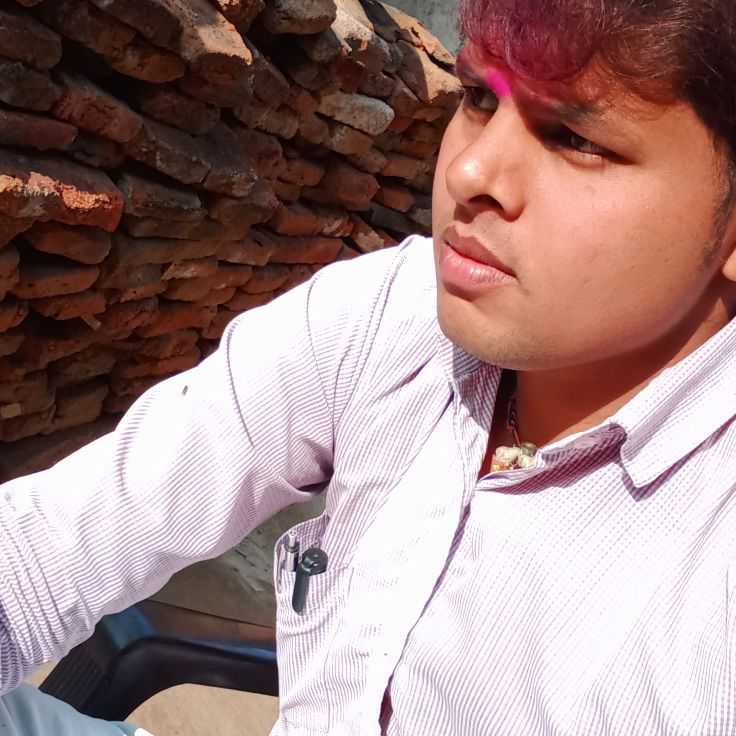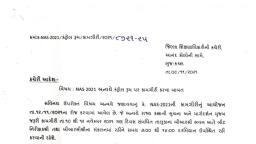Question 1 :
Two players, Sangeeta and Reshma, play a tennis match. It is known that the probability of Sangeeta winning the match is 0.62. What is the probability of Reshma winning the match?
Question 2 :
<img style='object-fit:contain' src='https://teachmint.storage.googleapis.com/question_assets/cbse_ncert/61b19a5f273b23058497992f.PNG' />
In the above image, suppose you drop a die at random on the rectangular region shown. What is the probability that it will land inside the circle with diameter 1m?
Question 3 :
A driver attempts to start a car. The car starts or does not start. Does this statement have equally likely outcomes or not?
Question 4 :
If two coins are tossed simultaneously there are three possible outcomes—two heads, two tails or one of each. Therefore, for each of these outcomes, the probability is $\frac{1}{3}$⋅ Check whether the argument is correct or incorrect.
Question 5 :
Two customers Shyam and Ekta are visiting a particular shop in the same week (Tuesday to Saturday). Each is equally likely to visit the shop on any day as on another day. What is the probability that both will visit the shop on the different days?
Question 6 :
<img style='object-fit:contain' src='https://teachmint.storage.googleapis.com/question_assets/cbse_ncert/61b19bea273b230584979a41.PNG' />
A game of chance consists of spinning an arrow which comes to rest pointing at one of the numbers 1, 2, 3, 4, 5, 6, 7, 8, and these are equally likely outcomes. What is the probability that it will point at 8 ?
Question 7 :
<img style='object-fit:contain' src='https://teachmint.storage.googleapis.com/question_assets/cbse_ncert/61b19bf4273b230584979a4c.PNG' />
A die is numbered in such a way that its faces show the numbers 1, 2, 2, 3, 3, 6. It is thrown two times and the total score in two throws is noted. Complete the following table which gives a few values of the total score on the two thrones then what is the probability that the total score is at least 6?
Question 8 :
<img style='object-fit:contain' src='https://teachmint.storage.googleapis.com/question_assets/cbse_ncert/61b19bf3273b230584979a4a.PNG' />
A die is numbered in such a way that its faces show the numbers 1, 2, 2, 3, 3, 6. It is thrown two times and the total score in two throws is noted. Complete the following table which gives a few values of the total score on the two thrones then what is the probability that the total score is even?
Question 9 :
A bag contains a red ball, a blue ball and a yellow ball, all the balls being of the same size. Kritika takes out a ball from the bag without looking into it. What is the probability that she takes out the red ball?
Question 10 :
Fill in the blanks: The probability of an event that is certain to happen is _______. Such an event is called _________.
Question 11 :
What is the probability of an event which is sure (or certain) to occur?
Question 12 :
A piggy bank contains hundred 50 p coins, fifty Rs.1 coins, twenty Rs.2 coins and ten Rs.5 coins. If it is equally likely that one of the coins will fall out when the bank is turned upside down, what is the probability that the coin will be a 50 paise coin ?
Question 13 :
12 defective pens are accidentally mixed with 132 good ones. It is not possible to just look at a pen and tell whether or not it is defective. One pen is taken out at random from this lot. Determine the probability that the pen taken out is a good one.
Question 14 :
Two dice, one blue and one grey, are thrown at the same time. Write down all the possible outcomes. What is the probability that the sum of the two numbers appearing on the top of the dice is less than or equal to 12?
Question 15 :
Five cards—the ten, jack, queen, king and ace of diamonds, are well-shuffled with their face downwards. One card is then picked up at random. If the queen is drawn and put aside, what is the probability that the second card picked up is a queen?
Question 16 :
The sum of the probabilities of all the elementary events of an experiment is ________.
Question 17 :
If P(E) = 0.05, what is the probability of ‘not E’?
Question 18 :
Suppose we toss a coin 1000 times in which the frequencies of the outcomes were as follows: Head : 455, Tail : 545
What is the empirical probability of a head?
Question 19 :
A die is thrown twice. What is the probability that 5 will come up at least once?
Question 20 :
A box contains 12 balls out of which x are black. If one ball is drawn at random from the box, what is the probability that it will be a black ball? If 6 more black balls are put in the box, the probability of drawing a black ball is now double of what it was before. Find x?
Question 21 :
Five cards—the ten, jack, queen, king and ace of diamonds, are well-shuffled with their face downwards. One card is then picked up at random. If the queen is drawn and put aside, what is the probability that the second card picked up is a queen?
Question 22 :
Two dice, one blue and one grey, are thrown at the same time. Write down all the possible outcomes. What is the probability that the sum of the two numbers appearing on the top of the dice is 13?
Question 23 :
Two dice, one blue and one grey, are thrown at the same time. Write down all the possible outcomes. What is the probability that the sum of the two numbers appearing on the top of the dice is 8?
Question 24 :
A bag contains lemon flavoured candies only. Malini takes out one candy without looking into the bag. What is the probability that she takes out a lemon flavoured candy?
Question 25 :
A die is thrown twice. What is the probability that 5 will not come up either time?
Question 26 :
A box contains 90 discs which are numbered from 1 to 90. If one disc is drawn at random from the box, find the probability that it bears a two-digit number.
Question 27 :
Suppose we toss a coin 1000 times in which the frequencies of the outcomes were as follows: Head : 455, Tail : 545
What is the empirical probability of a tail?
Question 28 :
One card is drawn from a well-shuffled deck of 52 cards. Find the probability of getting the queen of diamonds.
Question 29 :
One card is drawn from a well-shuffled deck of 52 cards. Find the probability of getting a king of red colour.
Question 30 :
J.E. Kerrich, from Britain, recorded 5067 heads in 10000 tosses of a coin. What is the experimental probability of getting a head, in this case?












































